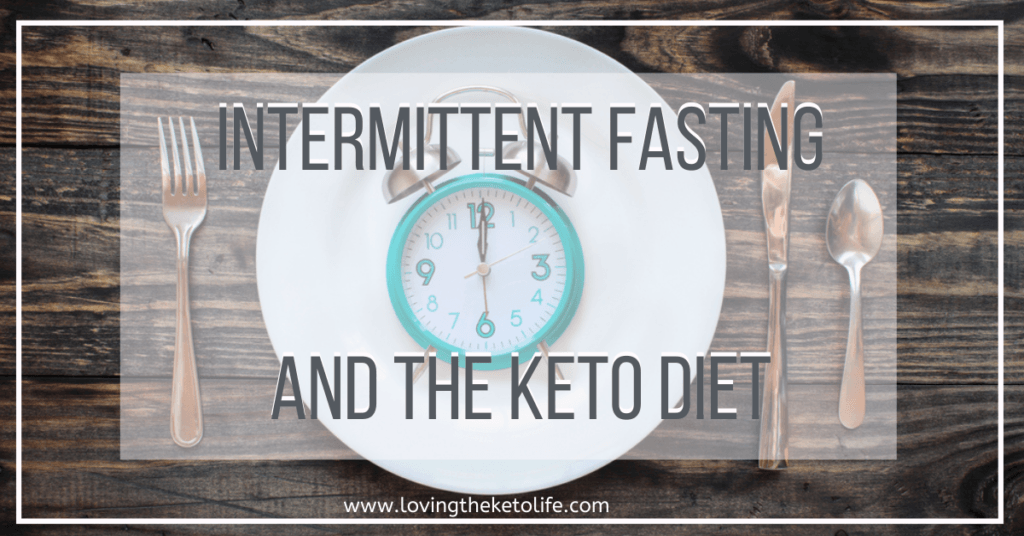
Intermittent Fasting is one of the most popular and recent methods for weight loss; however, it is quite effective both for weight loss and to help preserve your body health. Today you will learn everything you need to carry out the practice of Intermittent Fasting safely and healthily.
Intermittent Fasting is understood as an eating pattern that consists of alternating periods where you refrain from eating partially or totally for a certain time and then return to your usual daily routine.
Some studies have shown that Intermittent Fasting is not only effective for weight loss but also helps your body improve your health levels and even regain your longevity.
In this way, if you are interested in losing weight while helping your body feel good, here we will talk about the most common types of fasting, their advantages, and their benefits for your health.[1]
Types of Intermittent Fasting
There are many ways to carry out an Intermittent Fasting routine. Here we will talk about the most popular styles:
12 Hour Fast
The 12-hour method – better known as the overnight fast – consists of not eating for twelve hours straight and then going back to your routine for the next twelve. This is one of the easiest ways to start, as you can eat dinner early and end your fast at breakfast the next day.
Intermittent Fasting: 16:8 Method
Also known by the name of the LeanGains diet, it consists of fasting up to 16 hours if you are a man and 14 hours if you are a woman, to obtain results. This method can start with an early dinner and culminate with lunch the next day.
Intermittent Fasting: 5:2 Diet
With this method, you will be able to follow your regular diet for 5 days while reducing your meals to 500 calories for two days.
These days must be inserted between the days of the week. You can fast, for example, on Monday and Wednesday or Thursday. You should always leave at least one day in between.
Intermittent Fasting: Eat-Stop-Eat
In this method, you eat normally for one day, and the next day you fast or eat a single meal. This fast involves going without food for 24 hours at a time; for example, from breakfast to breakfast or from lunch to lunch.

Advantages and disadvantages of Intermittent Fasting
Advantages
- Improves cognitive abilities
- Improves your heart health by improving blood pressure, sugar, cholesterol, and triglyceride levels
- Raises self-esteem
- Protects muscle mass.
- Boosts physical performance
- Improves metabolic performance
- Helps regulate blood glucose levels
- Increases life expectancy [2, 3 4]
Disadvantages
As you adjust to the style of intermittent fasting you have chosen, you may experience some of these side effects:
- Fatigue
- Dizziness
- Hunger
- Nausea
- Headache
- Insomnia
Benefits of Intermittent Fasting
- It has been shown through scientific studies that limiting food intake to only 8 hours a day protects you from obesity and its consequences such as inflammation, diabetes, and fatty liver
- On the other hand, the 5:2 method was shown to be effective for both weight loss and lowering insulin levels in individuals
- In the same way, the 5:2 method can help you lose at least 4.8% of the weight and up to 8% of total body fat, according to studies
- Other studies report that Eat-Stop-Eat alternate day fasting may help you both lose weight and promote cardiovascular health.
Intermittent Fasting and Keto: What is it and how can it help in weight loss?
Speed Keto or Fasting Keto combines intermittent fasting with the ketogenic diet and is meant to ensure even faster weight loss.
Among all the different diets to aid weight loss, two food trends are particularly popular right now: intermittent fasting and the ketogenic diet.
While intermittent fasting is all about reducing food intake to a specific time frame, ketogenic dieters try to keep their carbohydrate intake to a minimum. Instead of carbohydrates, fats and proteins, in particular, are consumed to achieve what is known as ketosis. During ketosis, the body uses stored body fat for energy to carry out daily activities.
Both methods are very different, but pursue the same goal: reduce accumulated fat. When combining the keto diet and intermittent fasting to lose weight, you must pay attention to two aspects: A limited consumption of carbohydrates, and at the same time the feeding periods must be considered, which will be reduced to a period of certain hours.[5]
For example, with the generalized intermittent fasting interval of 16:8, dinner would be at 6 p.m., and then the fasting period for 16 hours, before breakfast at 10 a.m. the next day.
When putting these two meals plans together, the ingredients must be considered, it is important to keep the carbohydrate content below 5%; otherwise, ketosis will not be achieved. The rest of the energy must be supplied to the body through protein and fat. [6]
The classic ingredients of a keto diet include:
- Fatty meat and fish
- Low carbohydrate dairy products
- Eggs
- Seeds, oils, and avocados
- Whey and soy protein
- Vegetables (as the main source of carbohydrates)
What Is the Best Diet?
It’s important to know that success doesn’t just depend on eating enough fat and protein and limiting carbohydrates. You must have good food management to be successful in the long run. This also includes dealing with meal times.
It is a personal decision to choose between one plan and another or to combine both. This will largely depend on your preferences, your goals, previous experiences, and of course your physical condition.
Even when weight control depends up to 60% on food, physical activity is also essential, so regardless of the food plan you choose, you must include the practice of any physical activity of your choice for at least 40 minutes about 3 times a week. week.
Don’t forget to check out some of our amazing Keto friendly recipes. These Pork Carnitas are a favorite!
References
- https://www.ncbi.nlm.nih.gov/pmc/articles/PMC3680567/
- https://www.ncbi.nlm.nih.gov/pmc/articles/PMC5608558/
- https://www.ncbi.nlm.nih.gov/pmc/articles/PMC5064803/
- https://www.ncbi.nlm.nih.gov/pmc/articles/PMC5394735/
- https://www.ncbi.nlm.nih.gov/pmc/articles/PMC3826507/
- https://www.ncbi.nlm.nih.gov/pmc/articles/PMC3753545/






